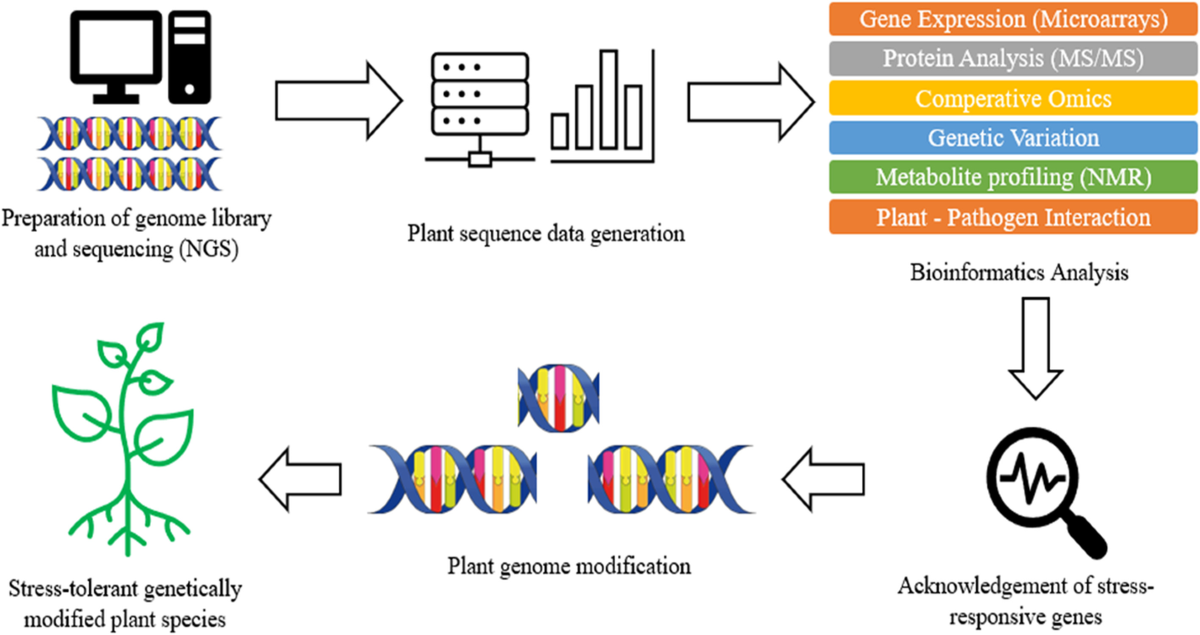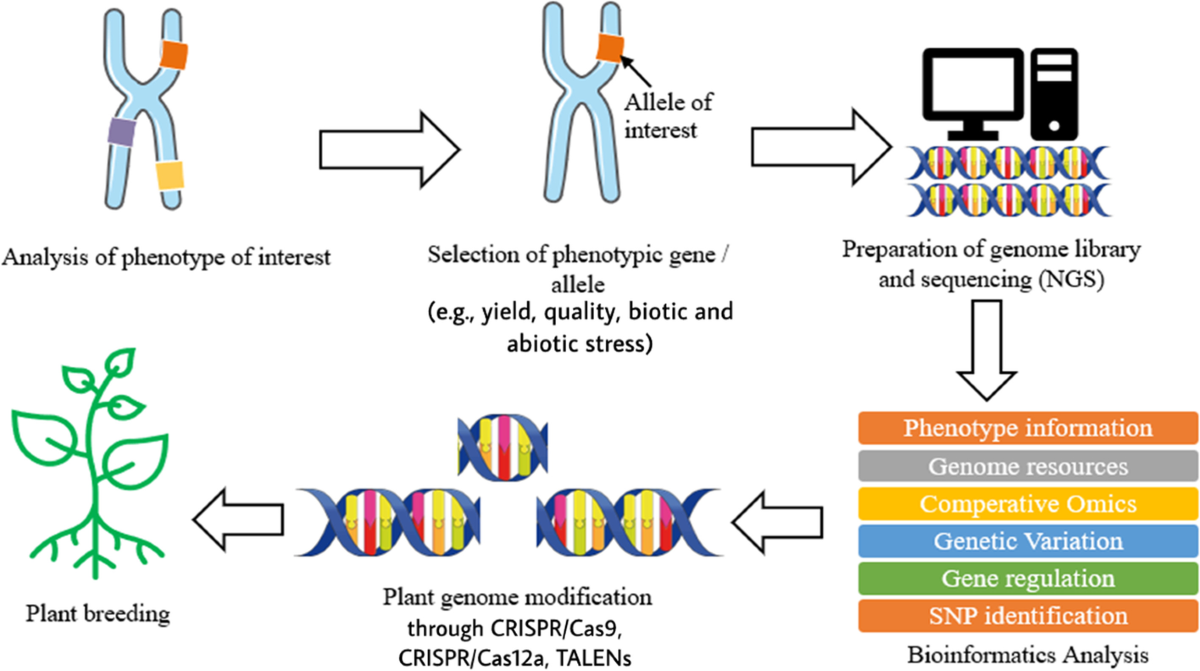All about Bioinformatics Tutor
All about Bioinformatics Tutor
Blog Article
The Best Strategy To Use For Bioinformatics Tutor
Table of ContentsAn Unbiased View of Bioinformatics TutorWhat Does Bioinformatics Tutor Mean?An Unbiased View of Bioinformatics TutorMore About Bioinformatics TutorNot known Details About Bioinformatics Tutor
Of the total amount participants associated with the training, 80% were trainees from public college institutions, while the continuing to be 20% originated from private institutions. To receive a certification of engagement, pupils were called for to participate in at least 90% of the total training hours. As an outcome of this demand, an outstanding 95% of the participants efficiently obtained their certificates, having not just fulfilled the minimum participation requirements yet additionally completed all appointed activities throughout the training.
Throughout the elevation of the COVID-19 pandemic, especially in between June and August 2020, the project group was tasked with organizing specialized training in bioinformatics. This training was particularly aimed at students from the research group Nucleus for Study in Applied Computer at the Federal University of Pará (UFRA) The adjustment to remote understanding platforms as a result of the pandemic created a possibility to explore new teaching approaches and electronic tools that enhanced both reach and performance.
This program was developed to supply an accessible yet detailed summary of Artificial Intelligence strategies, particularly as applied in bioinformatics (Bioinformatics Tutor). This digital layout allowed participation from students throughout Brazil, several of whom might not have had the chance to go to in-person sessions.
An Unbiased View of Bioinformatics Tutor
A noteworthy function of this program was its emphasis on hands-on understanding. Approximately 50% of the overall training hours were committed to useful tasks where pupils constructed intelligent models and applications in a series of clinical domains, including genetics, molecular biology, and environmental data evaluation. Widely made use of tools and structures such as Spyder, Google Colab, Jupyter Notebooks, and Orange were incorporated into the coursework. These platforms made it possible for pupils to engage in real-time data control, model training, and formula trial and error.
Sixty of them were connected with numerous greater education organizations in the state of Pará, while the remaining twenty came from organizations located in five various other Brazilian states. By introducing Artificial Intelligence in a functional and relevant context, the effort offered to connect the void between theory and real-world application, providing pupils with a solid structure for future research or work in the field.
The training effort created part of a broader scholastic outreach effort understood as the Bioinformatics on the Road job. This project has, for many years, introduced loads of students to the globe of bioinformatics and computational biology. The events held under this umbrella effort have actually taken location throughout several areas and years, as summarized in Table 1 (Checklist of events, places, years, and complete numbers of trainees and teachers)
One of one of the most remarkable results of the Bioinformatics on the Roadway initiative has been its payment to the growth of decentralized research study teams. Numerous of these teams, initially brought together by their engagement in training events, have considering that taken place to produce independent scientific research study in cooperation with local news academic organizations. The training not just fostered scientific reasoning within the context of bioinformatics yet additionally sparked collective relationships that prolonged past the training atmosphere. These cooperations have actually led to enhanced neighborhood scientific productivity and contributed meaningfully to the advancement of the wider bioinformatics neighborhood in Brazil.
Some Ideas on Bioinformatics Tutor You Should Know
The exact same group, omitting IH and RR, additionally acted as tutors for the useful training components. Financing for the project was supplied through the give 88887.200562/ 2018-00 from CAPES.
The Federal University of Pará's Workplace of Research study (PROPESP/UFPA) also supplied financial backing, specifically for the manufacturing of the final manuscript. The writers state no commercial or financial disputes of passion that could have influenced the study. All interpretations and viewpoints revealed in this post are only those of the writers and do not always reflect those of their respective institutions, the publisher, editors, or reviewers included in the magazine procedure.

Bioinformatics Tutor Things To Know Before You Buy
From an instructional perspective, the mentor technique made use of in the training was deliberately interactive. Courses were conducted in a manner that encouraged trainee engagement and conversation, going past rote memorization to explore how ideas are created, used in day-to-day live, and evaluated in academic setups. The educational approach focused on nurturing both solid and battling trainees, offering individualized assistance, and structure confidence through continual mentorship and persistence.

Each team, including approximately 36 participants, was sustained by three mentors-- most of whom were postdoctoral scientists with specialized know-how. These coaches not only helped design the team jobs however likewise facilitated their implementation, ensuring that each study inquiry was both suitably difficult and appropriate. The goal was to offer a biologically sensible context that individuals could check out through open-ended purposes and access to curated datasets.
For extra insights right into the approach and end visit results of this project-based understanding strategy, visitors are directed to S1 Text, which consists of in-depth descriptions of the pedagogical structure, examination techniques, and project motifs utilized in the training sessions.
How Bioinformatics Tutor can Save You Time, Stress, and Money.
Of the overall individuals involved in the training, 80% were trainees from public higher link education establishments, while the staying 20% came from exclusive establishments. To qualify for a certificate of participation, trainees were required to participate in at least 90% of the complete training hours. Significantly, past the trainees that enrolled in the training sessions, seven experienced trainers took part in delivering the programs, while 3 dedicated research study teachers coordinated the general training procedure. About 50% of the overall training hours were devoted to sensible tasks where students built intelligent designs and applications in an array of scientific domains, including genetics, molecular biology, and environmental data analysis. The training not only fostered clinical reasoning within the context of bioinformatics but likewise stimulated collective connections that prolonged beyond the training environment.
Report this page